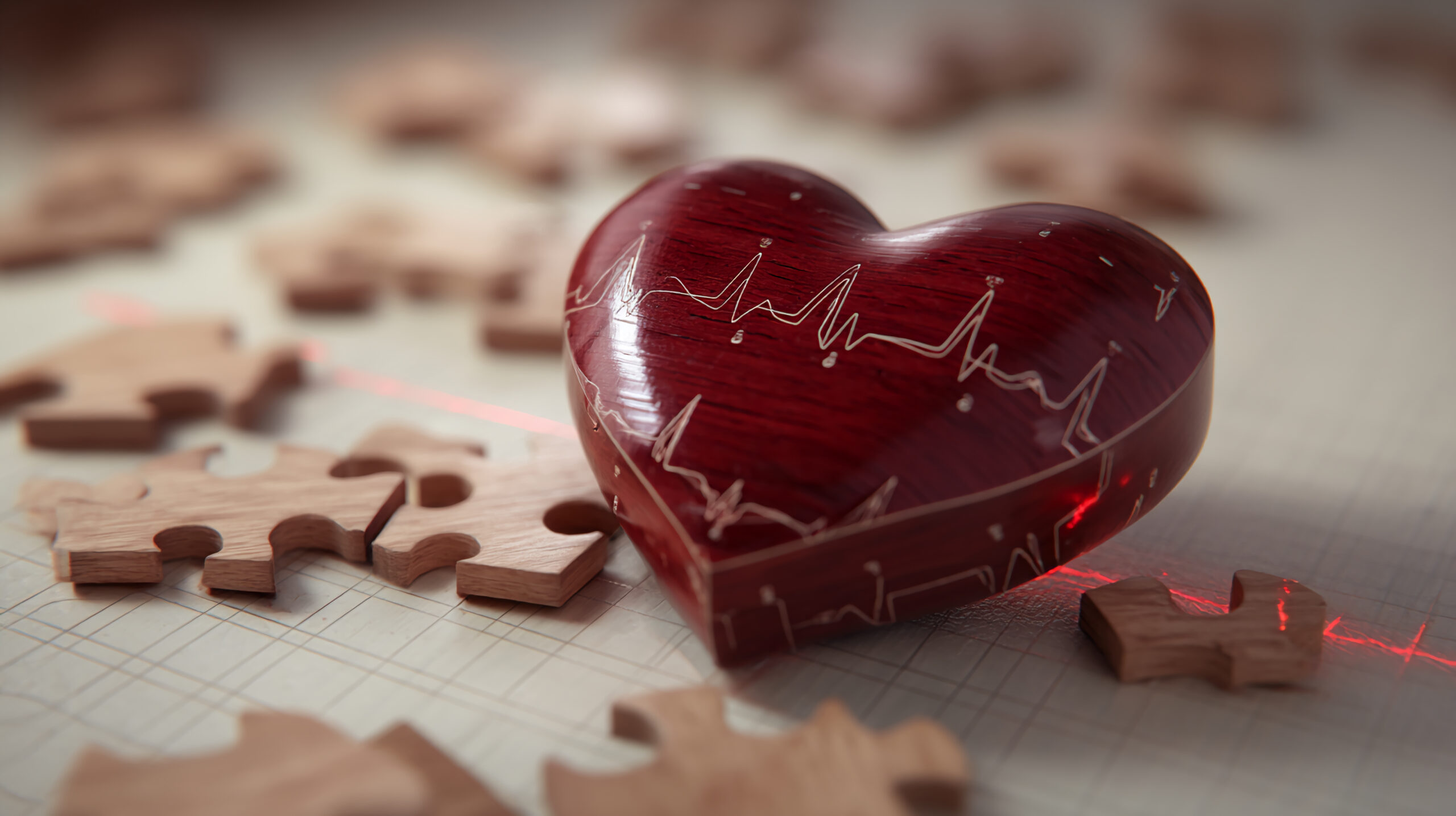Medicine is a demanding profession, especially in obstetrics and gynecology, where every day brings new challenges and responsibilities. The stakes are high, and the pressure to deliver precise, compassionate care can be intense. Over the years, I have learned that maintaining balance between the professional and personal is essential not just for my well-being, but also for the quality of care I provide. One unexpected but deeply fulfilling way I find that balance is through woodworking and antique restoration.
The Therapeutic Power of Woodworking
Woodworking might seem worlds away from the fast-paced environment of a hospital, but for me, it has become a powerful creative outlet and a much-needed source of stress relief. There’s something profoundly calming about working with wood—selecting the grain, shaping the pieces, sanding surfaces smooth, and watching a project come together step by step.
Unlike the clinical setting, woodworking allows me to slow down and immerse myself in a tactile, hands-on activity where I can see tangible results. The process demands focus and patience but also rewards creativity and problem-solving. Whether I’m building a small shelf or restoring a vintage chair, each project feels like a journey where the rhythm of work quiets the noise of daily stresses.
Parallels Between Woodworking and Surgery
Interestingly, I often find that the skills I practice in woodworking parallel those I use in surgery. Both require precision, attention to detail, and steady hands. In the operating room, a single millimeter can make a difference in patient outcomes. Similarly, in woodworking, careful measurement and exact cuts are essential to ensure pieces fit perfectly and the final product is structurally sound.
Patience is another shared virtue. In medicine, rushing can lead to errors or missed details, while in woodworking, haste risks ruining a piece or causing injury. The careful planning, the adjustments along the way, and the dedication to quality resonate strongly in both arenas.
This connection has deepened my appreciation for the craftsmanship inherent in both professions whether it’s crafting a piece of furniture or helping bring a new life into the world.
Why Work-Life Balance Matters
Being a physician is rewarding, but it can also be emotionally and physically exhausting. Burnout is a real concern in healthcare, and I have seen colleagues struggle with it firsthand. For me, carving out time for woodworking and antique restoration has been essential in maintaining my mental and emotional health.
Hobbies like these offer a chance to step away from screens, paperwork, and hospital corridors and engage different parts of the brain. They provide perspective and a sense of accomplishment that’s distinct from clinical work. When I return to my patients, I do so with renewed energy and focus.
Balancing work and personal life isn’t just a nice-to-have, it’s critical for long-term success and happiness in medicine. I encourage all healthcare professionals to find their own creative or physical outlets, whatever they may be.
Antique Restoration: Connecting Past and Present
Alongside woodworking, I’ve developed a passion for antique restoration. Restoring old furniture or heirlooms feels like connecting with history; each piece tells a story and carries the craftsmanship of past generations.
This hobby teaches me to respect patience and detail even more deeply. Restoring antiques is rarely quick; it requires gentle hands, careful cleaning, and thoughtful repair to preserve the original character while making the piece functional again.
In some ways, antique restoration is a metaphor for medicine itself. Both involve healing, preserving, and renewing. Just as I help restore health to my patients, I breathe new life into cherished objects, honoring their past while ensuring they can continue to be appreciated.
Lessons Learned From the Workshop
Working in my shop has taught me many lessons that apply beyond the bench:
- Patience Pays Off: Whether it’s waiting for glue to dry or carefully sanding a surface, patience yields better results—a principle I apply daily in clinical decision-making.
- Embrace Mistakes as Part of the Process: Not every cut or joint comes out perfect on the first try. Learning from errors and adjusting accordingly mirrors how we learn from complications or unexpected outcomes in medicine.
- Attention to Detail Matters: The smallest flaw can affect the strength and appearance of a piece, just as small details can influence patient care.
- Focus and Presence Are Key: Woodworking demands being fully present, a quality I strive to bring into patient interactions.
Encouraging Fellow Physicians to Find Their Outlet
Medicine is a calling, but it should not consume all of who we are. I often speak with colleagues about the importance of hobbies and interests outside of work. Whether it’s woodworking, gardening, music, sports, or art, having a creative or physical outlet is vital.
Finding something that brings you joy and allows you to decompress will not only improve your well-being but also enhance your clinical performance. When you nurture your whole self, you show up as a better, more compassionate provider.
Crafting a Balanced Life
Woodworking and antique restoration are more than just hobbies to me, they are a vital part of how I maintain balance, creativity, and calm in a demanding profession. They remind me that medicine, at its core, is both a science and an art.
Balancing precision with patience, technology with humanity, and work with personal fulfillment is an ongoing journey. Through the rhythmic hum of my tools and the careful shaping of wood, I find peace that feeds my passion for medicine.
If you’re a healthcare professional feeling overwhelmed, I encourage you to explore what creative or restorative activities might bring you that same sense of balance. Sometimes, the best way to care for others starts with caring for yourself.
